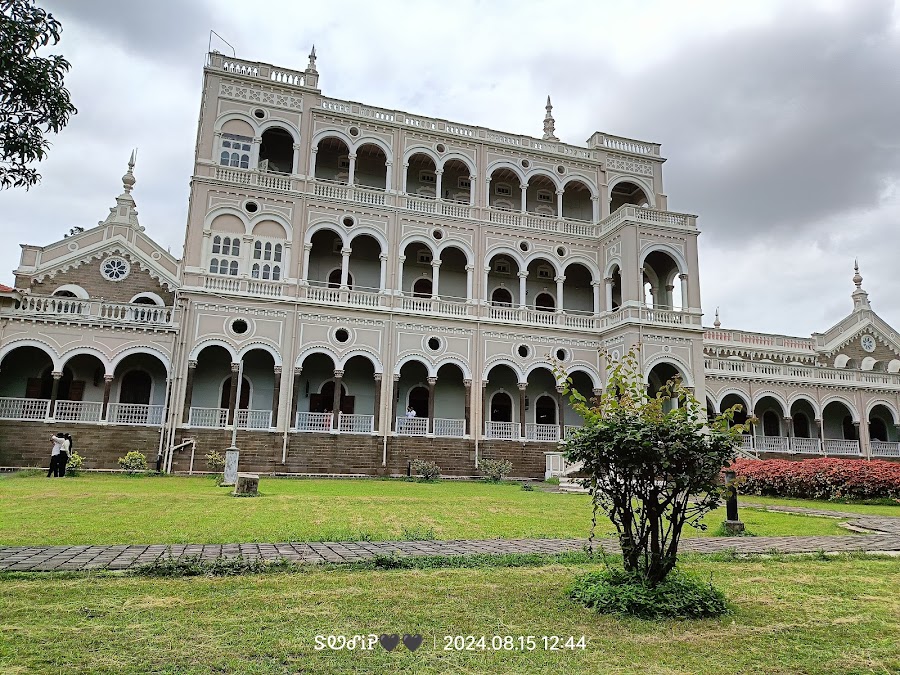
Aga Khan Palace
Pune, India
- Explore the Gandhi museum and exhibits.
- Learn about the Quit India Movement.
- Pay respects at Kasturba Gandhi's Samadhi.
- Take photos of the Italian-style architecture.
- Wander through the palace's lush gardens.
Known for:
Description:
The Aga Khan Palace in Pune is a majestic historical landmark offering a glimpse into India's freedom struggle. Built by Sultan Muhammed Shah Aga Khan III in 1892, it served as a prison for Mahatma Gandhi, his wife Kasturba Gandhi, and his secretary Mahadev Desai during the Quit India Movement. The palace's architecture is a blend of Italian arches and spacious lawns, creating a serene and contemplative atmosphere. Visitors can explore the museum showcasing photographs, personal belongings, and historical documents related to Gandhi's life and the Indian independence movement. The Samadhi of Kasturba Gandhi and Mahadev Desai are also located within the palace grounds, making it a place of reverence and remembrance. The palace is surrounded by lush gardens, perfect for a peaceful stroll and reflection.
History:
Constructed in 1892 by Sultan Muhammed Shah Aga Khan III, the Aga Khan Palace was initially intended as an act of charity to provide employment for the famine-stricken population of the region. However, it gained prominence during the Indian independence movement when it was used by the British government as a prison for Mahatma Gandhi, his wife Kasturba Gandhi, and his secretary Mahadev Desai. Kasturba Gandhi and Mahadev Desai passed away during their imprisonment at the palace, adding to its historical significance. After India gained independence, Aga Khan IV donated the palace to the Gandhi Smarak Nidhi in 1969. Today, it stands as a national monument, preserving the legacy of Gandhi and the freedom struggle.